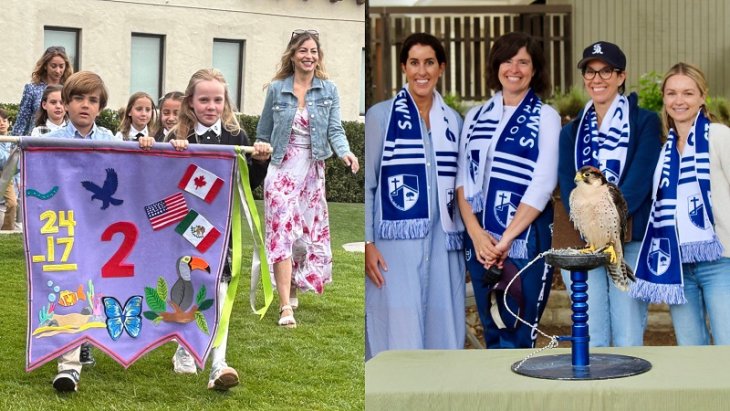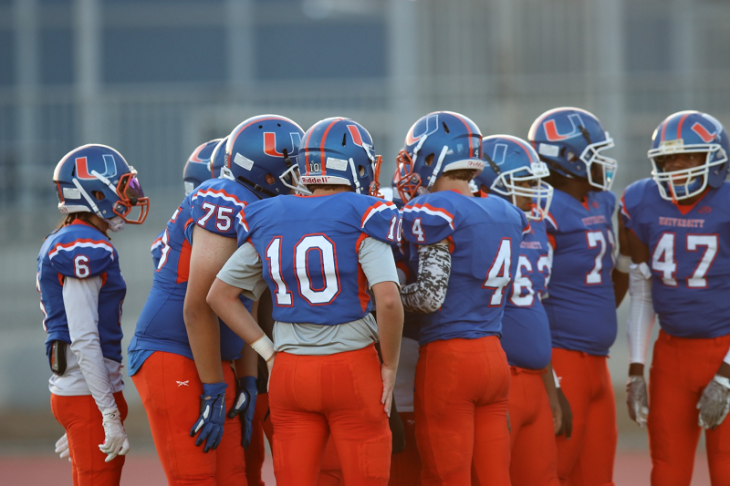Los Angeles Waterkeeper (LAW) filed four related lawsuits in an effort to dramatically increase the purification, reclamation, and reuse of wastewater that is currently discharged into the Los Angeles River and Santa Monica Bay.
The lawsuits concern the State Water Resources Control Board’s renewal of permits for four major wastewater treatments plants: Hyperion in El Segundo and Tillman, LA-Glendale, and Burbank in the San Fernando Valley. Collectively, these municipal plants dump an average of nearly 300 million gallons of treated water directly and indirectly into the Los Angeles River and Pacific Ocean—every day.
Waterkeeper contends that the Water Board should have conducted a Waste and Unreasonable Use analysis pursuant to Article X, Section 2 of the California Constitution to assess the potential to maximize water reclamation from our sewage treatment plants. Article X finds, among other things:
“…because of the conditions prevailing in this State the general welfare requires that the water resources of the State be put to beneficial use to the fullest extent of which they are capable, and that the waste or unreasonable use or unreasonable method of use of water be prevented, and that the conservation of such waters is to be exercised with a view to the reasonable and beneficial use thereof in the interest of the people and for the public welfare.”
“California is just now emerging from a historic drought that has had devastating impacts on our environment, our communities, and our economy,” said Bruce Reznik, Executive Director of LAW. “With climate change likely leading to increasing and ever-more severe drought conditions in California, we can no longer justify discharging tens of billions of gallons of water into our coastal waters every year that could instead by purified to enhance the region’s water security.”
In addition to seeking to require the Water Board to determine how we can maximize water reclamation, the suits also seek to compel regulatory agencies to look at our sewage infrastructure as an interconnected system that is part of a watershed, so that increasing reuse of wastewater is done responsibly and in a way that protects needed flows in our inland waterways.
“We appreciate that the City of Los Angeles already reclaims 35-40 million gallons of wastewater per day from its Hyperion plant, with plans to slowly expand reclamation across the sewage system,” noted LAW’s Senior Attorney Arthur Pugsley, “but we think there is much greater potential for purification than is currently being planned for. Moreover, we are looking to push the envelope by setting a precedent that every time a sewage discharge permit gets renewed in California, we need to assess the potential to reclaim that wastewater rather than letting it flow into and contaminate our coastal waters and inland waterways…it is important that we consider wastewater a potential asset rather than a liability.”
The watchdog group has long advocated that decision-makers should look at every opportunity to minimize water waste and to recharge the region’s aquifers using affordable local supplies, including treated stormwater as well as purified wastewater. This suit comes against the backdrop of water agencies throughout the region, however, considering investing billions of dollars into expensive, energy intensive and environmentally harmful water transfers and desalination projects.
“We should not be looking at building a new, expensive and energy-intensive desalination plant just down the road from where over 200 million gallons of reclaimable sewage are being discharged daily, or investing local dollars into the so-called California Water Fix when we have so much untapped potential to invest in local water supplies,” added Reznik. “The lawsuits seek to force the State to think about stormwater, wastewater, and drinking water in an integrated way—by ensuring that all water is used reasonably and not wasted, as required by the Constitution and consistent with the goals established in the City of LA’s Sustainable City pLAn that calls for sourcing 50% of our water locally by 2035.”
Legal experts from Lawyers for Clean Water, Inc. and Chatten-Brown & Carstens, LLP are supporting the lawsuit.






















